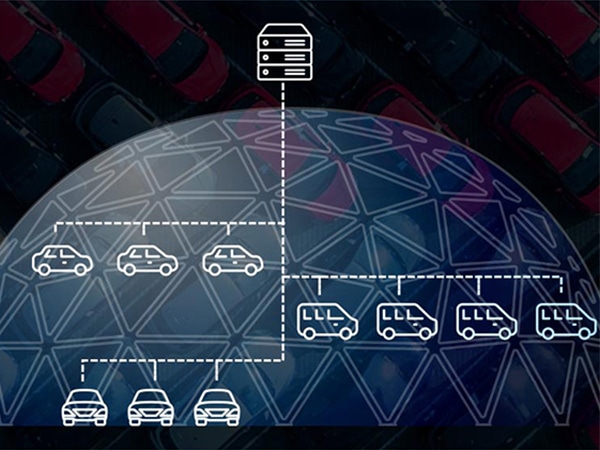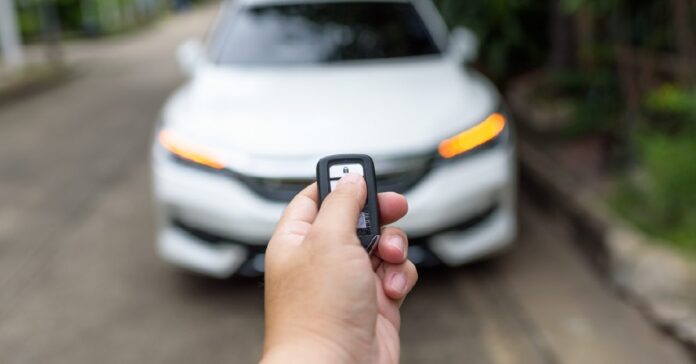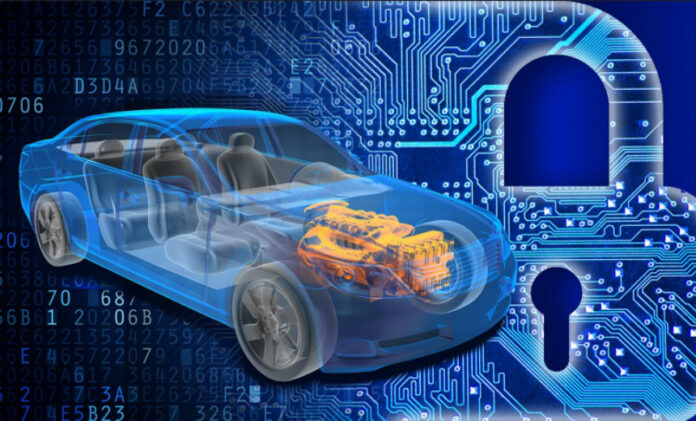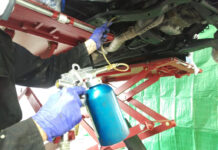Modern vehicles are smarter than ever. In fact, the typical modern car contains at least one computer and several different microprocessors and sensors that capture critical information pertaining to the vehicle. That includes metrics such as tire pressure, emissions data, and fuel levels. Sensors also capture information about what’s going on in the direct proximity of the vehicle, such as when a nearby car is in your blind spot.
However, advancements in technology require equal advancements in cybersecurity. Although hackers are more likely to target a traditional computer or a company’s IT infrastructure, it’s important to remember that vehicle computers also run the risk of being targeted.
For those who are shopping for new cars for sale in Houston, it’s important to be mindful of a vehicle’s cybersecurity measures to ensure complete security. Vehicles with vulnerable technology are an extreme danger to drivers on several levels.
What Can Potentially Happen If Your Car is Hacked?

Modern cars are connected to a global network and capable of wirelessly exchanging data, which means they’re part of the Internet of Things (IoT) in the same fashion that smartphones, tablets, and personal computers are. Vehicles can be remotely hacked if there’s a hole in the software or attack vector that can be exploited. Attack vectors are the interfaces that a hacker can use to take advantage of a vulnerability found in the vehicle’s technology.
Naturally, this begs the question: “What happens to a vehicle that’s been hacked?”
The answer depends on which aspect of the vehicle’s technology the hacker has accessed. For instance, a hacker can remotely control driving functions and features like the brake pedal, windshield wipers, radio, locks, and the heating and cooling system.
Hackers also have the ability to gain access to diagnostics systems. With control over this, hackers can feed drivers misinformation about their vehicle and display false service alerts. A dishonest mechanic hoping for more business, for instance, may potentially benefit from this.
Further, cybercriminals who gain control of the vehicle’s entire system will gain access to its GPS telematics and owner’s personal information. The GPS information can be used to learn where the vehicle owner lives, where they work, where their kids go to school, and other private info. For those who have their smartphone devices paired to their vehicle, hackers may be able to access banking information, passwords, and other private data.
According to a study conducted by Upstream, a cybersecurity tech company, cyberattacks on vehicles increased by 225% from 2018 to 2021. Their research also found that approximately four out of every five cyberattacks was conducted remotely.
What is Being Done in the Field of Cybersecurity to Protect Drivers?

No automaker wants to be known for making vehicles that are easy to steal or remotely compromise via cyberattacks. Keeping that in mind, cybersecurity and data privacy rank as high as the vehicle’s safety features, as they both function to protect drivers.
The United States Department of Transportation has also gone on record that enhanced vehicle cybersecurity is a top priority. By proactively mitigating cyber threats, it is their belief they will prevent drivers and pedestrians from being put at risk and will keep personal data from being accessed.
In 2016, the U.S. Department of Transportation released Cybersecurity Best Practices for Modern Vehicles. The report was published to educate automakers on the importance of cybersecurity and provide them guidance on how to implement increased cybersecurity measures.
Per the section titled, “Fundamental Vehicle Cybersecurity Protections,” the document breaks down their recommended cybersecurity measures automakers should implement to mitigate attacks. It includes:
- Maintain control over internal vehicle communications.
- Use segmentation and isolation techniques when creating a vehicle’s architecture design.
- Maintain control over proliferation of services, network ports, and protocols.
- Firmware should be difficult to access and modify.
- Maintain control over vehicle maintenance diagnostic access.
- Maintain control over keys and key fobs.
- Maintain control over the communication to back-end servers.
- Maintain control over wireless interfaces.
- Limit developer access to ECUs.
- Maintain a log of each cybersecurity event.
The U.S. Department of Transportation has also been advocating for increased educational efforts on the topic of cybersecurity for industry professionals and those who service vehicles. The service people who inspect vehicles must know how to identify IT issues the same way they identify mechanical issues.
How to Find a Safe and Secure Vehicle Near You

Another way to ensure that the vehicle you are interested in is safe and secure is to check for any recalls or security updates. You can visit the National Highway Traffic Safety Administration’s website to search for any active recalls on the make and model of the vehicle you’re considering. If there are any recalls or security updates, you should ensure they have been addressed before purchasing the vehicle.
It’s also important to ensure that the dealership or private seller you are working with is reputable and trustworthy. You can check reviews online to see what other buyers have experienced, and make sure that the seller is transparent about the vehicle’s history and any security features it may have.
Lastly, you may want to consider adding additional security features to your vehicle to further increase its safety. This could include installing a tracking device or adding a security system to the vehicle.
Overall, finding a safe and secure vehicle near you requires a bit of research and due diligence. However, by taking the time to do your research and ensure the vehicle has the latest technology and safety features, you can be confident in your purchase and drive with peace of mind.









